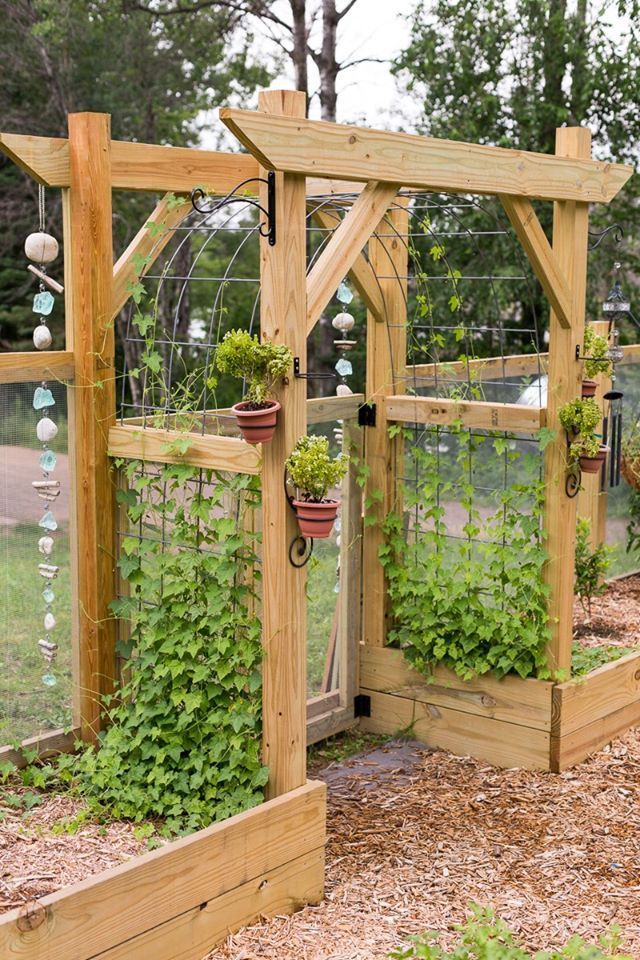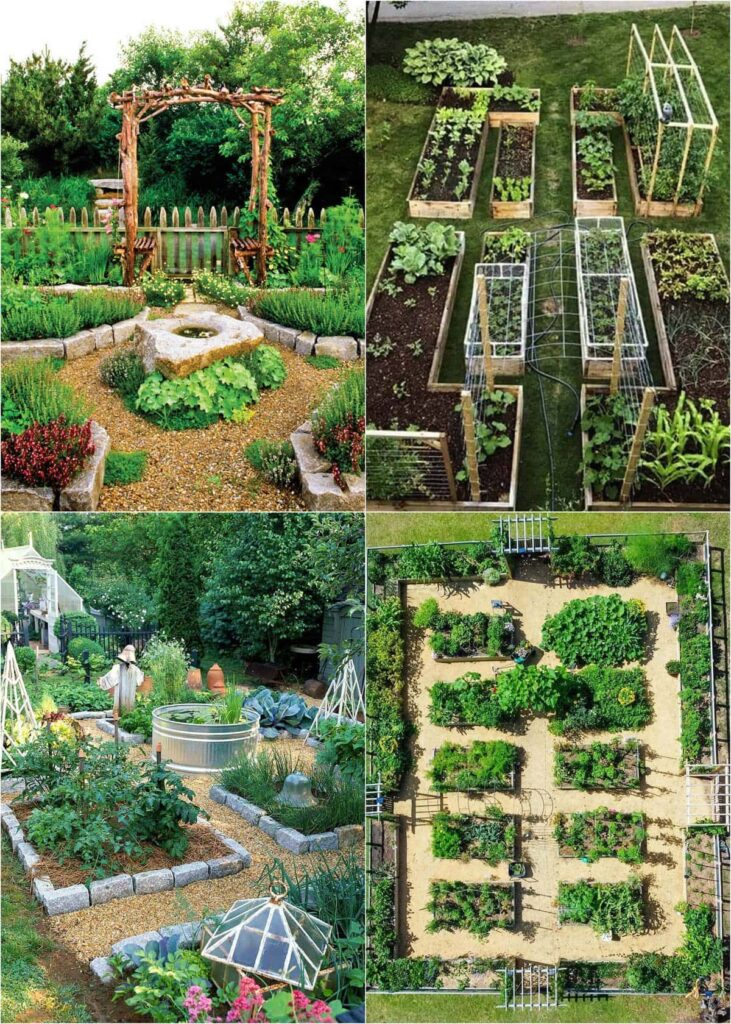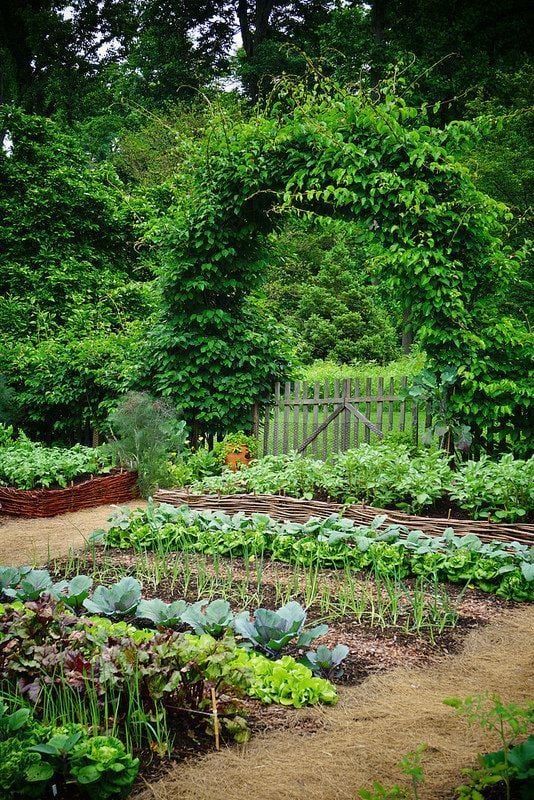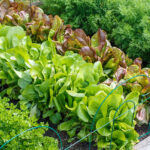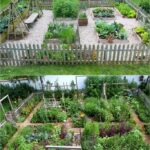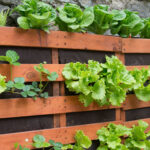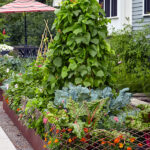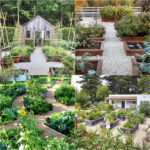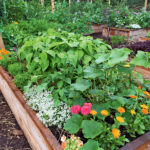When it comes to designing a vegetable garden layout, there are a few key elements to keep in mind. The first consideration is the size and shape of your garden space. You will want to make sure that your garden is large enough to accommodate all of the vegetables you want to grow, but not so large that it becomes difficult to maintain. It is also important to consider the shape of your garden, as certain shapes may be more conducive to certain types of vegetables.
Another important element to consider when designing your vegetable garden layout is the location of your garden. You will want to place your garden in a spot that receives plenty of sunlight, as most vegetables require at least 6-8 hours of sunlight each day. It is also important to place your garden in a spot that is easily accessible for watering and weeding.
Once you have determined the size, shape, and location of your garden, it is time to consider the layout of your garden beds. Raised beds are a popular option for vegetable gardens, as they provide good drainage and allow for better soil quality. You may also want to consider using companion planting techniques, where certain plants are planted together to provide mutual benefits.
In addition to the layout of your garden beds, you will also want to consider the pathways in your garden. It is important to have clear pathways between your garden beds to allow for easy access and maintenance. You may want to consider using materials such as gravel or wood chips to create attractive and functional pathways.
Finally, it is important to think about the overall design and aesthetic of your vegetable garden. You may want to consider adding decorative elements such as trellises or arbors, as well as incorporating flowers and herbs into your garden design. Ultimately, the layout of your vegetable garden should be both functional and attractive, creating a space that is not only productive but also enjoyable to spend time in.
